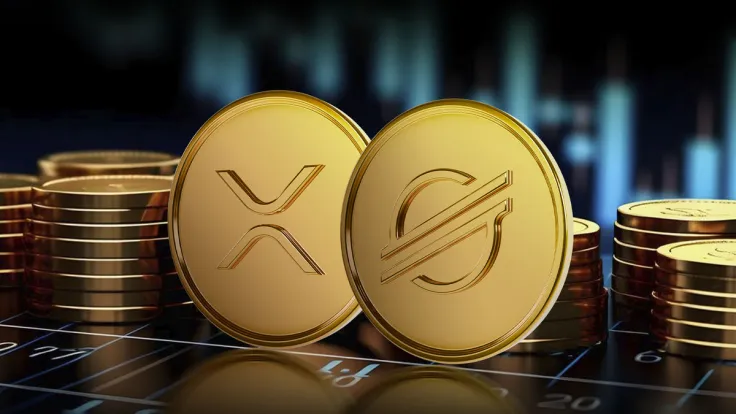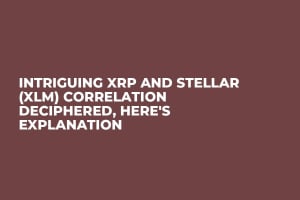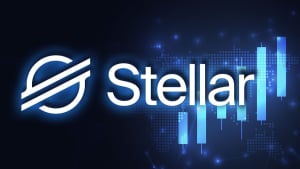
Disclaimer: The opinions expressed by our writers are their own and do not represent the views of U.Today. The financial and market information provided on U.Today is intended for informational purposes only. U.Today is not liable for any financial losses incurred while trading cryptocurrencies. Conduct your own research by contacting financial experts before making any investment decisions. We believe that all content is accurate as of the date of publication, but certain offers mentioned may no longer be available.
XRP, the sixth-largest cryptocurrency by market capitalization, has shown a remarkable correlation with XLM, the native cryptocurrency of the Stellar blockchain, in terms of price movements, perplexing investors and analysts alike.
However, the specific explanation for this correlation remains unknown and has been the subject of much speculation and debate.
In recent tweets, Ripple CTO David Schwartz offers a surprising and relatively unknown perspective on the frequently asked question of why the two cryptocurrencies correlate so strongly in their price action.
In the last few days, there has been a heated debate on social media about the XRP price. Along the lines of the discussion, an X user suggested that Ripple burn some of its supply to influence the XRP price.
Ripple CTO David Schwartz shrugged off this idea, adding that he sees no reason to expect that burning will have a beneficial impact on the XRP price. He noted Stellar's burn as having no meaningful effect and being one of the causes for the price correlation between XRP and XLM.
Schwartz went on to say, "Stellar's burn had no real effect and XRP's price tracked XLM's through their burn."
Other likely reasons
Schwartz responded to an X user's question as to why XRP and XLM mirror each other by stating that he could not verify any particular explanation. He believes that the key drivers of the XRP price are external to the XRP ecosystem and common to both XRP and XLM.
Schwartz provides two alternate explanations, which he believes may not be accurate. First, XRP is larger than XLM, and the market thinks them to be comparable; therefore, XRP "drags" XLM around. Second, someone or a group of people is manipulating the price of XRP and/or XLM to force them to track each other.
However, the correlation between XRP and XLM is a complex and nuanced phenomenon, driven by multiple factors, such as shared history, similar market dynamics and the perception of the market participants, and remains unexplained to date.


 Dan Burgin
Dan Burgin Caroline Amosun
Caroline Amosun Alex Dovbnya
Alex Dovbnya